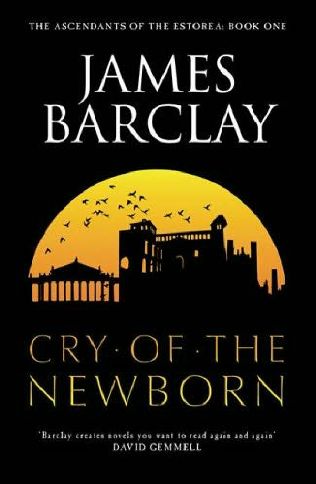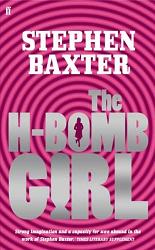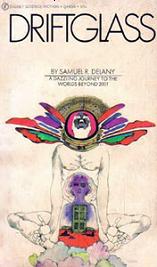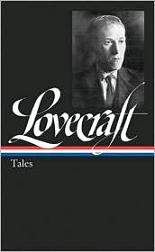If it’s good, then it’s no sf:
What do novels about a journey across post-apocalyptic America, a clone waitress rebelling against a future society, a world-girdling pipe of special gas keeping mutant creatures at bay, a plan to rid a colonisable new world of dinosaurs, and genetic engineering in a collapsed civilisation have in common?
They are all most definitely not science fiction.
Literary readers will probably recognise The Road by Cormac McCarthy, one of the sections of Cloud Atlas by David Mitchell, The Gone-Away World by Nick Harkaway, Stone Gods by Jeanette Winterson and Oryx and Crake by Margaret Atwood from their descriptions above. All of these novels use the tropes of what most people recognise as science fiction, but their authors or publishers have taken great pains to ensure that they are not categorised as such.
On the one hand, it’s enough to give any genre an inferiority complex. Science fiction has always been uncool and unloved, rarely getting widespread critical love or street cred, but with many of its best practitioners getting siphoned off into the realms of literature being discovered years or decades after science fiction fans had discovered their talents. It’s not just mainstream writers or their publishers quick to distinguish their novels of the future from the dreaded esseff, it’s also the retroactive reclassification of writers like Ballard, Dick or LeGuin as something better than mere sf writers. It’s cultural appropriation of the worst kind (joke…)
On the other hand, I do understand why certain writers want to distance their books from the genre. Leaving aside base commercial motivations, it’s also a way of managing expectations. A novel like Margaret Atwood’s The Handmaid’s Tale for example wasn’t written as a science fiction
novel, but in the spirit of a much older literary tradition, the utopian/dystopian story. It doesn’t conform to science fiction conventions and its science fictional content is there as a tool, not a purpose.
On the gripping hand, this sort of thing can be really irritating, especially when you get mainstream writers who are trying to write proper science fiction, without love for the genre or much knowledge about and whose pedestrian treatments of lonmg chewed over ideas are hailed as groundbreaking.
P. D. James’ The Children of Men is a good example of this: an old idea, not very well thought through but published to wide critical acclaim denied to the sf works that treated this same subject better (like Philip Jose Farmer’s short story “Seventy Years of Decpop”).
But what can you do? Compared to where we were even twenty years ago we can’t really complain and besides, for every literature snob there’s a science fiction fan proud of his ignorance of anything this side of Perry Rhodan. Read what you like and remember that mainstream literature is a genre too.



